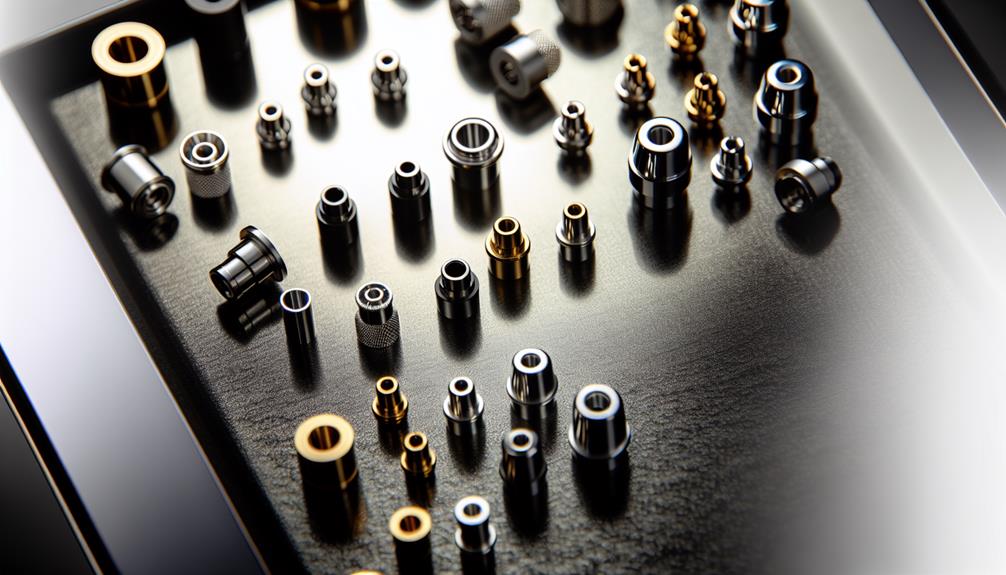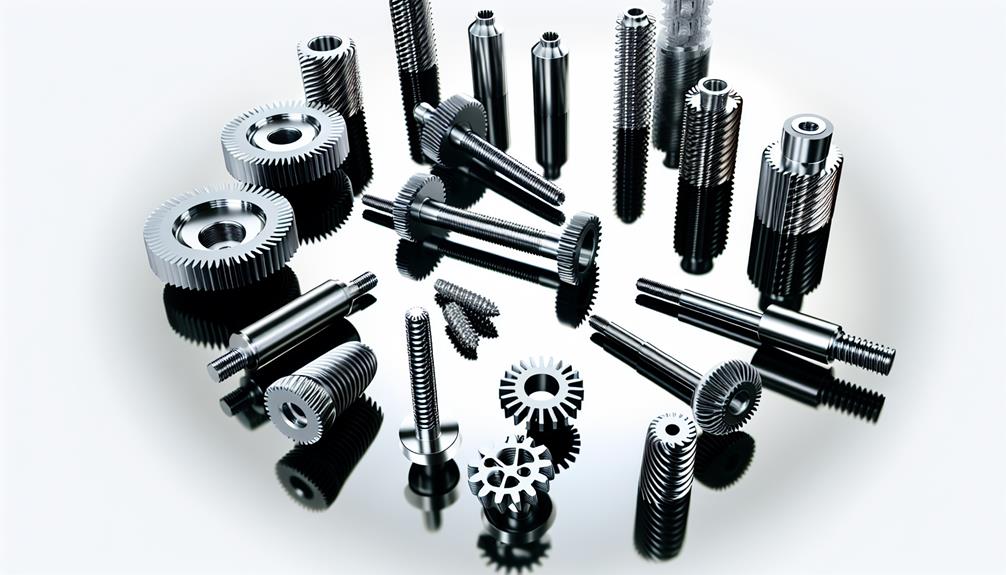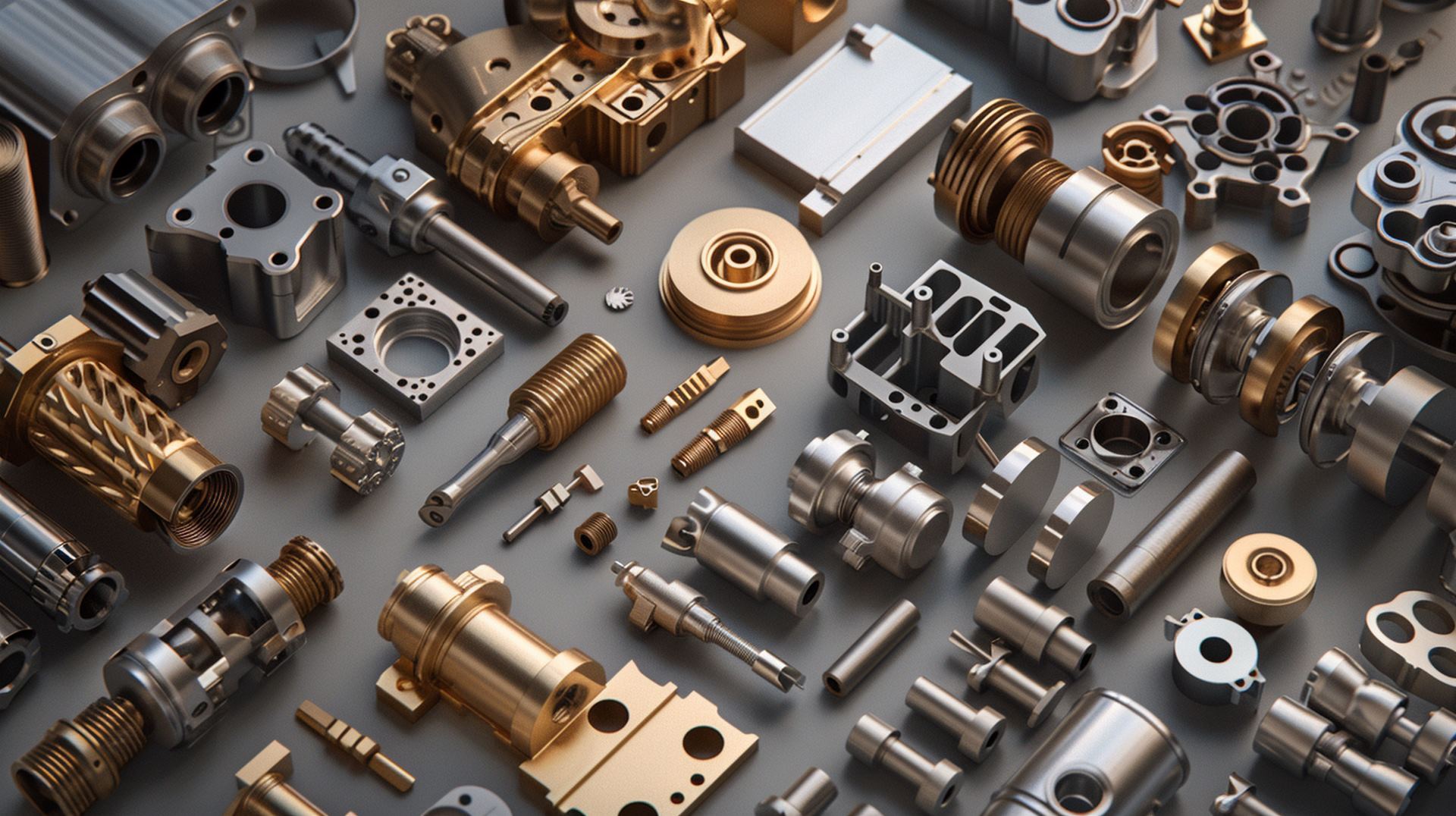What Is a Fastener in Construction
In the realm of construction, fasteners play a crucial role akin to the binding threads in a tapestry, holding together various elements to ensure structural integrity.
This article aims to provide an objective and impersonal examination of the concept of fasteners in construction.
It will delve into their importance within the industry, explore the different types commonly employed, discuss considerations for selecting the appropriate fastener, address common issues associated with their use, and highlight proper installation techniques and safety precautions.
Key Takeaways
- Fasteners are crucial for securely joining structural elements in construction, ensuring stability, durability, and overall integrity of the project.
- Different types of fasteners, such as bolts, screws, and nails, have their own strengths and limitations, and the right choice depends on factors like material, load requirements, and environmental conditions.
- Common issues with fasteners in construction include corrosion and improper installation, which can be addressed with the use of corrosion-resistant materials, protective coatings or sealants, and proper installation techniques.
- It is important to follow manufacturer guidelines, use appropriate tools, ensure proper torque and tension, regularly inspect and maintain fasteners, and adhere to safety precautions during installation to ensure the effectiveness and safety of the fasteners.
1. Types of Fasteners Used in Construction

Bolts, screws, and nails are commonly utilized in the field of construction for joining various structural components. These fasteners are essential in ensuring the stability and durability of a structure.
Bolts, which consist of a threaded cylindrical shaft with a head at one end, are used to provide strong and secure connections between two or more elements. They offer high tensile strength and can withstand heavy loads.
Screws, on the other hand, have a helical thread that allows them to be easily driven into materials such as wood or metal. They provide excellent holding power due to their threading and can be removed if necessary.
Nails are another common type of fastener used in construction. They are typically made from steel wire and have a sharp point on one end with a flat head on the other. Nails are ideal for securing lightweight materials together.
Choosing the right fastener for your project requires careful consideration of several factors such as the material being joined, load requirements, environmental conditions, and aesthetic preferences. Each type of fastener has its own strengths and limitations that must be taken into account when making this decision.
By selecting an appropriate fastening method, you can ensure that your construction project is structurally sound and meets all relevant safety standards without compromising its overall appearance or performance.
2. Choosing the Right Fastener for Your Project
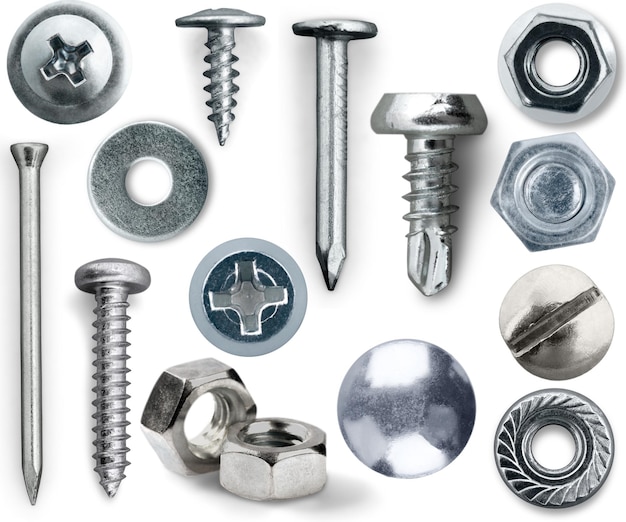
Selecting an appropriate type of fastening method requires careful consideration of various factors, including the materials being joined, load requirements, environmental conditions, and aesthetic preferences. In construction projects, there are numerous types of fasteners available to meet these diverse needs. The table below provides a brief overview of some commonly used fasteners in construction:
| Fastener Type | Description | Common Uses |
|---|---|---|
| Nails | Small metal pins with a pointed end | Framing, decking, trim installation |
| Screws | Metal fasteners with a helical thread | Drywall, cabinetry, furniture assembly |
| Bolts | Threaded rods with a nut and washer for secure attachment | Structural connections |
When choosing the right fastener for your project, it is essential to consider the specific requirements. For example, nails are often preferred for their quick installation and cost-effectiveness in framing applications. However, screws offer greater holding power and can be easily removed if necessary. Bolts provide exceptional strength but require pre-drilled holes and additional hardware.
Understanding the strengths and limitations of each type of fastener is crucial in ensuring successful construction projects. By carefully evaluating the material properties, load demands, environmental factors such as moisture or temperature variations, and desired aesthetics, one can select the most suitable option.
3. Common Issues and Solutions With Fasteners in Construction
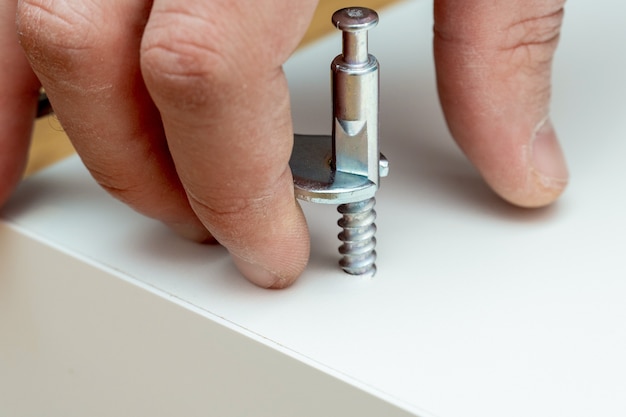
Common issues can arise with fasteners in construction, and it is important to identify and address these problems promptly to ensure the structural integrity of the project.
One common issue is fastener corrosion, which occurs when metal fasteners are exposed to moisture or chemicals. Corrosion weakens the fastener, compromising its ability to hold materials together securely.
Another issue is improper installation, where fasteners may be inadequately tightened or not aligned properly with the materials being joined. This can lead to a lack of stability and durability in the overall structure.
To address these issues, several solutions are available. Using corrosion-resistant fasteners such as stainless steel or galvanized steel can help prevent corrosion-related problems. Additionally, applying protective coatings or sealants on fasteners can provide an extra layer of defense against moisture and other corrosive elements.
Proper installation techniques for construction fasteners play a crucial role in preventing potential issues. Techniques such as using appropriate tools for tightening, following manufacturer instructions regarding torque levels, and checking alignment before securing materials together are all key factors in ensuring proper installation.
4. Proper Installation Techniques for Construction Fasteners
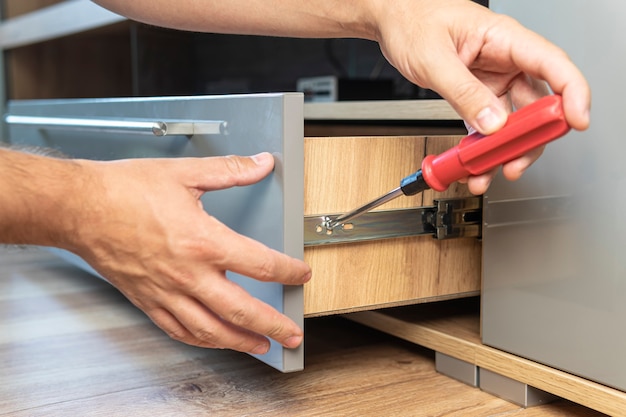
Proper installation techniques for fasteners in architectural projects involve ensuring appropriate alignment and using suitable tools to achieve optimal tightening. These techniques are crucial for maintaining structural integrity and preventing failures or accidents.
To achieve proper installation, the following practices should be followed:
- Preparing the site: Before installing fasteners, it is essential to prepare the site by clearing any debris or obstacles that could interfere with proper alignment.
- Choosing the right fastener type: Different construction projects require different types of fasteners. It is important to select the appropriate fastener type based on factors such as load-bearing capacity, material compatibility, and environmental conditions.
- Using suitable tools: The use of correct tools, such as wrenches, drivers, or torque wrenches, ensures precise tightening without overloading or damaging the fasteners.
By adhering to these installation techniques, architects can ensure that construction fasteners are properly aligned and tightened for maximum effectiveness. Furthermore, these practices contribute to the overall safety and longevity of architectural structures.
In addition to proper installation techniques, it is imperative to consider safety precautions when handling construction fasteners in order to minimize risks associated with their usage.
5. Safety Considerations When Working With Construction Fasteners
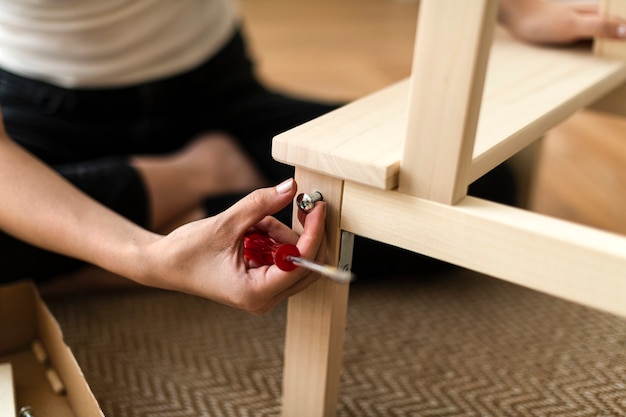
Ensuring the adherence to safety guidelines and regulations is essential when handling fasteners in architectural projects. Construction fasteners, such as nails, screws, bolts, and anchors, are used to secure various building components together. These fasteners play a crucial role in providing structural stability and integrity to the overall construction. However, working with fasteners can pose potential hazards if not handled properly.
Common Safety Considerations When Working With Construction Fasteners
| Safety Consideration | Description |
| Personal Protective Equipment | The use of appropriate PPE (e.g., safety glasses, gloves) protects against injuries. |
| Proper Handling Techniques | Following proper lifting and carrying techniques reduces the risk of strains or sprains. |
| Tool Safety | Regular maintenance and inspection of tools minimizes accidents during use. |
| Fall Protection | Using fall protection equipment is crucial for working at heights or on elevated surfaces. |
| Electrical Hazards | Ensuring that electrical connections are shut off before working near electrical outlets. |
Mikehardware- your trusted fasteners supplier
In conclusion, fasteners play a crucial role in construction projects. They provide strength, stability, and durability to structures by securely joining different components together.
Various types of fasteners are used in construction, including screws, nails, bolts, and anchors. It is important to choose the right fastener based on factors such as load capacity and material compatibility.
Proper installation techniques should be followed to ensure the effectiveness of fasteners. Safety considerations must also be taken into account when working with construction fasteners.
As the saying goes, 'A well-fastened structure is built to withstand the test of time.'

